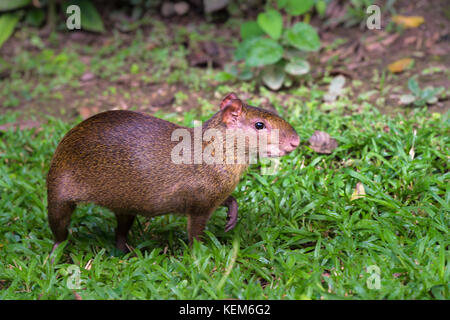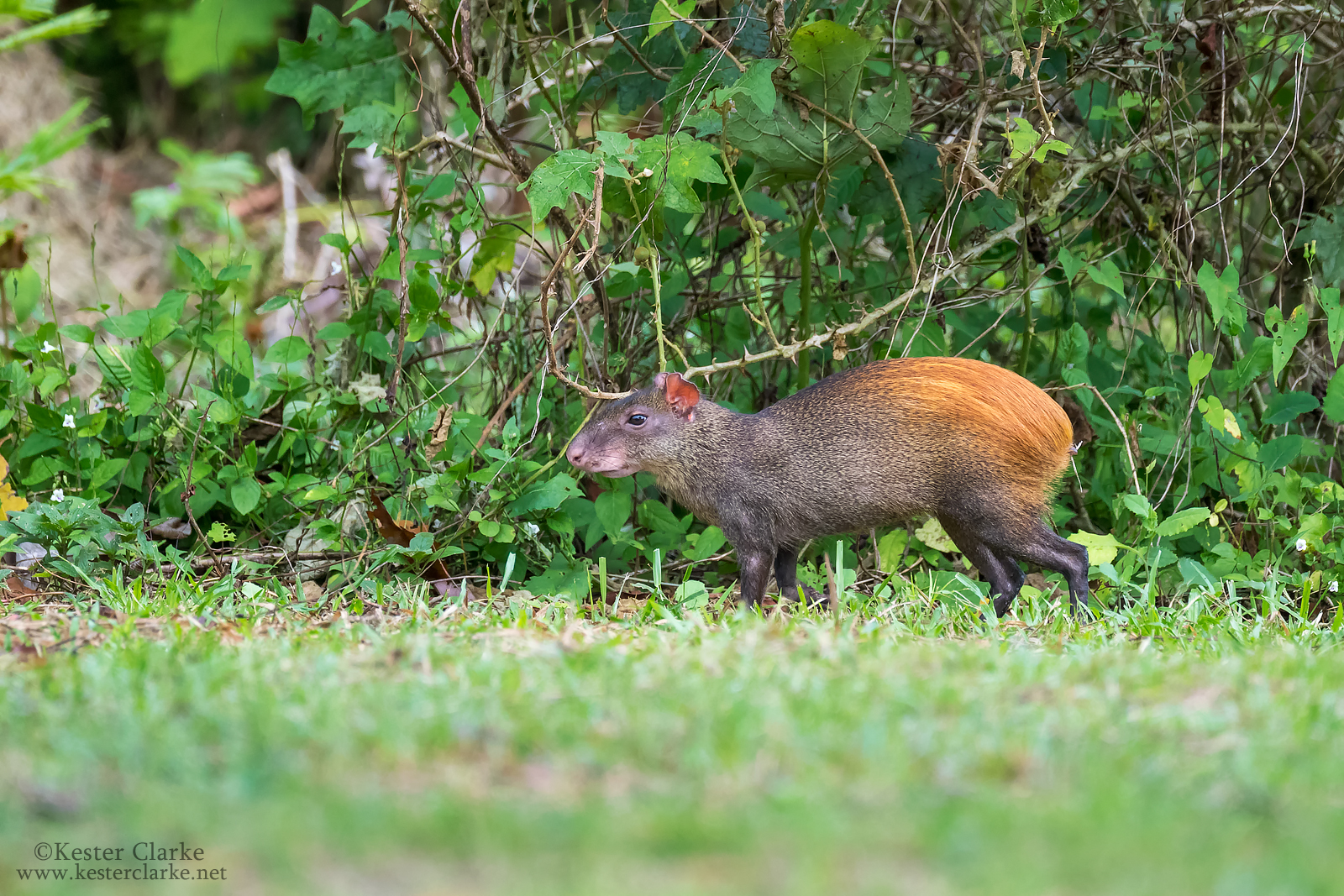


Agoutis fed primarily on seeds and pulp but also ate cotyledons, leaves, flowers, and invertebrates. 440-461 in Handbook of the Mammals of the World – Volume 6 Lagomorphs and Rodents I, Lynx Edicions, Barcelona, pp. ABSTRACT We radio-tracked five red-rumped agoutis (Dasyprocta leporina) for two to nine months each at the Estagco Ecol6gica Ilha de Maraca in the northern Brazilian Amazon. :target: HTML Image URL Target URL Keyword(s): Biodiversity Taxonomy Animalia Chordata Mammalia Rodentia Dasyproctidae Dasyprocta Dasyprocta iacki Published in:ĭasyproctidae, pp.

Zenodo DOI Badge DOI 10.5281/zenodo.6594909 Markdown ()]() reStructedText. Coastal Atlantic Forest in north-eastern Brazil has been heavily degraded, which might suggest that Iack’s Redrumped Agouti faces significant conservation threats.īibliography. There is no information available for this species. Movements, Home range and Social organization. There is no information available for this species.Īctivity patterns. There is no information available for this species.īreeding. General body color is agouti, and mid-dorsal region has wide but subtle stripe of darker brown, speckled with orange.įood and Feeding. lack’s Red-rumped Agouti is medium-sized dorsal part of head is brown, speckled with yellow orange cheeks are more yellowish than crown and ventral region of neck is yellow, with basal white bands. Habitat use and relative abundance of the Spotted Paca Cuniculus paca (Linnaeus, 1766) (Rodentia: Cuniculidae) and the Red-rumped Agouti Dasyprocta. NE Brazil, known only from the littoral zone in Paraiba and Pernambuco states.ĭescriptive notes. aguti from south of the lower Amazon River between Rio Madeira and Rio Tocantins. iacki might be the same as that identified by G. “Biological Reserve Guaribas (60° 44 S, 35° 9 W) municipality of Mamanguape, state of Paraiba, Brazil.”Ī. French: Agouti de lack / German: Pernambuco-Aguti / Spanish: Aguti de lack


 0 kommentar(er)
0 kommentar(er)
